Curing Liver Cirrhosis with Stem Cells? Your Guide to Therapy in Thailand
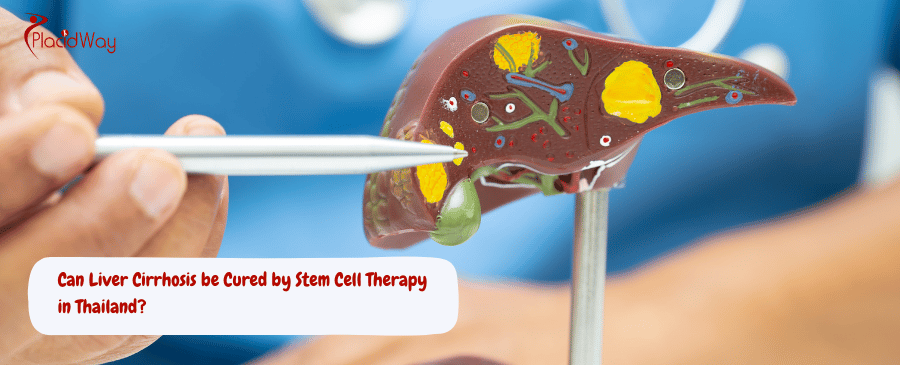
If you or a loved one are dealing with liver cirrhosis, you know the search for effective treatment can be a challenging and emotional process. Traditional treatments like medication and lifestyle changes can manage the condition, but often a liver transplant is the only long-term solution for advanced cases. However, thanks to advancements in regenerative medicine, a new and exciting option has emerged: stem cell therapy.
Thailand has quickly become a global hub for medical tourism, particularly for advanced procedures like stem cell therapy. With its combination of state-of-the-art clinics, skilled medical professionals, and competitive pricing, Thailand offers a compelling alternative for patients seeking innovative treatments for liver cirrhosis. This detailed guide will answer the most common questions about undergoing stem cell therapy for liver cirrhosis in Thailand, from understanding how the treatment works to what you can expect in terms of cost, safety, and results.
We will explore the science behind how stem cells can repair a damaged liver, provide a clear breakdown of the costs involved, and discuss the regulatory framework that ensures patient safety. By the end of this article, you will have a comprehensive understanding of whether this treatment is a suitable option for your condition and how to choose the right clinic in Thailand.
What is the cost of stem cell therapy for liver cirrhosis in Thailand?
The price of a stem cell therapy for liver cirrhosis treatment in Thailand can vary significantly. This is because the final cost is not a single price but a package that includes several different components. While some clinics may offer a lower starting price, it's important to understand what is included in that fee.
Key factors that influence the cost are:
- Type of Stem Cells: The source of the stem cells (autologous, allogeneic, umbilical cord, or adipose tissue) plays a major role.Autologous cells (from the patient's own body) may have a different cost structure than allogeneic cells (from a donor), which often come from a specialized lab.
- Number of Cells and Infusions: The severity of the liver cirrhosis determines how many cells are needed and how many treatment sessions are required. A patient with advanced cirrhosis will likely need a higher cell count and more infusions, increasing the total cost.
- Clinic and Doctor: Highly accredited clinics with internationally recognized doctors will generally have higher prices. These clinics often invest in state-of-the-art equipment and follow stringent quality and safety protocols, which are reflected in their pricing.
A typical treatment package in Thailand may include the following:
| Service | Description |
|---|---|
| Initial Consultation | Comprehensive medical evaluation, lab tests, and imaging. |
| Stem Cell Harvesting & Processing | Collecting the cells from the source (e.g., fat or bone marrow) and preparing them in a lab. |
| Infusion Procedure | The actual administration of the stem cells, usually intravenously. |
| Post-Treatment Monitoring | Follow-up appointments and lab tests to track progress. |
| Accommodation & Transfers | Many medical tourism packages include hotel stays and transportation to and from the airport and clinic. |
While the initial quote may seem high, it often includes these comprehensive services, which would be separate costs in other countries.
How effective is stem cell therapy for liver cirrhosis?
The effectiveness of stem cell therapy in treating liver cirrhosis is a major topic of research and clinical application. While it doesn't "cure" the condition in the traditional sense by completely reversing all scarring, it works to mitigate the damage and improve the liver's ability to function. The therapy's primary mechanisms of action are:
- Regeneration: Stem cells can differentiate into new, healthy liver cells (hepatocytes), which can replace some of the damaged and scarred tissue. This process helps to restore the liver's functional capacity.
- Anti-fibrotic Effects: A key feature of stem cells is their ability to secrete growth factors and other molecules that inhibit the activation of cells responsible for creating scar tissue (fibrosis). By reducing fibrosis, the treatment can slow or even halt the progression of the disease.
- Anti-inflammatory and Immunomodulatory Effects: Stem cells help to reduce the chronic inflammation that fuels liver damage. They can also modulate the immune system, preventing further attack on liver cells and promoting a healthier environment for regeneration.
Clinical studies have reported promising outcomes, with patients experiencing a reduction in symptoms like jaundice, an increase in albumin levels (a protein made by the liver), and an improvement in their overall quality of life. The success rate of stem cell therapy for liver cirrhosis is highly dependent on the stage of the disease, with patients in the earlier stages often showing more significant and lasting improvements.
Is stem cell therapy for liver cirrhosis safe in Thailand?
The safety of stem cell therapy for liver cirrhosis is a critical concern for patients. In Thailand, the government and medical council have established a regulatory framework to oversee regenerative medicine. The Thai Food and Drug Administration (Thai FDA) has specific guidelines for the use of cellular and stem cell therapies, ensuring clinics meet strict safety and ethical standards.
Reputable clinics in Thailand:
- Utilize Good Manufacturing Practice (GMP) certified labs for processing and culturing stem cells. This ensures the cells are of high quality, free from contamination, and traceable.
- Employ licensed and experienced medical professionals who specialize in regenerative medicine and hepatology (liver diseases).
- Follow international safety protocols for cell harvesting, administration, and patient monitoring.
Potential risks and side effects are minimal, especially with autologous therapies (using the patient's own cells), as the risk of immune rejection is nonexistent. Minor side effects can include temporary pain or bruising at the injection site. It is crucial to choose a clinic that operates transparently and can provide detailed information about their procedures, cell sources, and safety measures.
What should I expect during a stem cell therapy procedure for liver cirrhosis?
The treatment process is usually broken down into a few key stages:
- Initial Assessment and Consultation: Your medical journey begins with a thorough evaluation by a specialist. You will be asked to provide your full medical history, and the clinic will conduct a series of tests, including liver function tests, FibroScan, or MRI elastography to determine the current state of your liver. This helps the medical team create a personalized treatment plan.
- Stem Cell Collection: Depending on the type of therapy, stem cells will be harvested from a source such as your own bone marrow (bone marrow-derived stem cells) or adipose tissue (fat-derived stem cells). The collection procedure is typically minimally invasive and performed under local anesthesia.
- Laboratory Processing and Expansion: Once collected, the stem cells are sent to a certified lab. Here, they are isolated, purified, and expanded to the therapeutic dose required for your treatment. This process can take several days to a few weeks.
- Stem Cell Infusion: The prepared stem cells are administered to the patient. The most common method is an intravenous (IV) infusion, which allows the cells to circulate in the bloodstream and naturally migrate to the damaged liver tissue. In some cases, a direct intrahepatic (into the liver) injection may be used.
- Post-Treatment Care: After the infusion, you will be monitored for a short period. The clinic will provide instructions for post-treatment care and schedule follow-up appointments to track your progress and measure the treatment's success.
How long does it take to see results from stem cell therapy for liver cirrhosis?
The regenerative process is a slow and steady one. Stem cells work by promoting cellular repair and regeneration from within, which takes time. It is not like a conventional drug that provides immediate relief. Patients should manage their expectations and understand that the goal is long-term improvement rather than an overnight cure.
The timeline for results can vary based on several factors:
- Severity of the Condition: Patients with less advanced cirrhosis (Child-Pugh Class A or B) may show improvements faster than those with severe, end-stage liver disease (Child-Pugh Class C).
- Patient's Overall Health: Factors like age, general health, lifestyle, and co-existing conditions can all influence the body's regenerative capacity.
- Treatment Protocol: The type of stem cells used, the dosage, and the number of infusions will all affect the timeline of results.
Many clinics provide a detailed follow-up plan that includes regular check-ups, blood tests, and imaging to scientifically track the progress and document the improvements in liver function over time.
What are the regulations for stem cell therapy in Thailand?
Thailand's government has been proactive in creating a regulated environment for regenerative medicine. The regulations are in place to ensure patient safety and maintain high standards of care.
Key aspects of the regulations include:
- Licensing: Clinics and hospitals offering stem cell therapy must be licensed by the Thai Ministry of Public Health. This ensures they have the necessary facilities, equipment, and qualified staff.
- Quality Standards: All labs that culture and process stem cells are required to meet international standards such as Good Manufacturing Practice (GMP) or ISO certifications. This ensures the purity, potency, and safety of the cell products.
- Ethical Oversight: The Medical Council of Thailand provides ethical guidelines for the use of stem cells, especially concerning clinical trials and experimental treatments. This helps prevent unproven or unscientific practices.
- Types of Cells: While some countries have strict limitations, Thailand's regulations are more open to the use of adult stem cells from various sources, including bone marrow, adipose tissue, and umbilical cord tissue.
This robust regulatory environment provides a high level of confidence for patients, as it minimizes the risk of receiving unregulated or unsafe treatments.
Can stem cell therapy be combined with other liver cirrhosis treatments?
Stem cell therapy for liver cirrhosis should be considered as part of a comprehensive and integrated treatment plan. It is important to continue with your current prescribed medications and follow your doctor's recommendations.
The goal of combining therapies is to achieve a synergistic effect:
- Conventional medications manage symptoms and prevent complications.
- Lifestyle changes, such as avoiding alcohol and maintaining a healthy diet, help reduce the stress on the liver.
- Stem cell therapy works to repair and regenerate the damaged tissue, addressing the root cause of the organ's dysfunction.
Working with a medical team that understands both conventional and regenerative medicine is crucial. A good clinic in Thailand will coordinate with your primary care physician to ensure a seamless transition and continuous care.
What types of stem cells are used for liver cirrhosis treatment in Thailand?
Mesenchymal Stem Cells (MSCs) are favored for liver cirrhosis treatment due to their unique properties:
- Multi-potency: They can differentiate into a variety of cell types, including liver cells.
- Immune Regulation: MSCs have the ability to modulate the immune system, reducing the inflammatory response that contributes to liver damage.
- Paracrine Effects: They secrete a range of growth factors and cytokines that promote the healing of damaged tissue, reduce fibrosis, and support the survival of existing liver cells.
The source of the MSCs also matters:
- Bone Marrow-Derived MSCs (BM-MSCs): These are taken from the patient's own bone marrow. They are well-studied and have a long history of use.
- Adipose-Derived MSCs (AD-MSCs): These are harvested from the patient's fat tissue, often through a simple liposuction procedure. This is a less invasive collection method compared to bone marrow harvesting.
- Umbilical Cord-Derived MSCs (UC-MSCs): These are allogeneic cells from donated umbilical cords. They are considered very potent and are available in larger quantities, which is beneficial for patients who need a higher cell count.
The choice of stem cell source is made in consultation with the medical team, based on the patient's specific health profile and the treatment goals.
How long do I need to stay in Thailand for the treatment?
Medical tourism is a well-developed industry in Thailand, and clinics are experienced in accommodating international patients. The length of stay is planned to ensure a smooth and safe treatment process.
The timeline often looks like this:
- Days 1-2: Arrival and initial consultation. You will meet with the medical team and undergo preliminary tests.
- Days 3-5: Stem cell harvesting. The procedure to collect cells from bone marrow or fat is performed. The cells are then sent to the lab for processing.
- Days 6-10: Lab processing. This is a waiting period while the cells are cultured and prepared. Patients can use this time to rest and explore Thailand.
- Day 11: Infusion. The stem cells are infused back into the patient's body.
- Days 12-14: Post-treatment monitoring. Doctors will check on your condition and ensure you are stable and ready for travel.
Many clinics offer comprehensive packages that include airport transfers and accommodation, simplifying the logistics for international patients.
Stem cell therapy for liver cirrhosis offers a new path to improved health and quality of life. As a global leader in medical tourism, Thailand provides an attractive option for this advanced treatment.
If you are ready to learn more about how PlacidWay can help you find a trusted medical solution for liver cirrhosis, explore our network of world-class clinics and healthcare providers today. PlacidWay connects you with top-tier facilities that specialize in regenerative medicine and provide personalized care to meet your unique health needs.


.png)

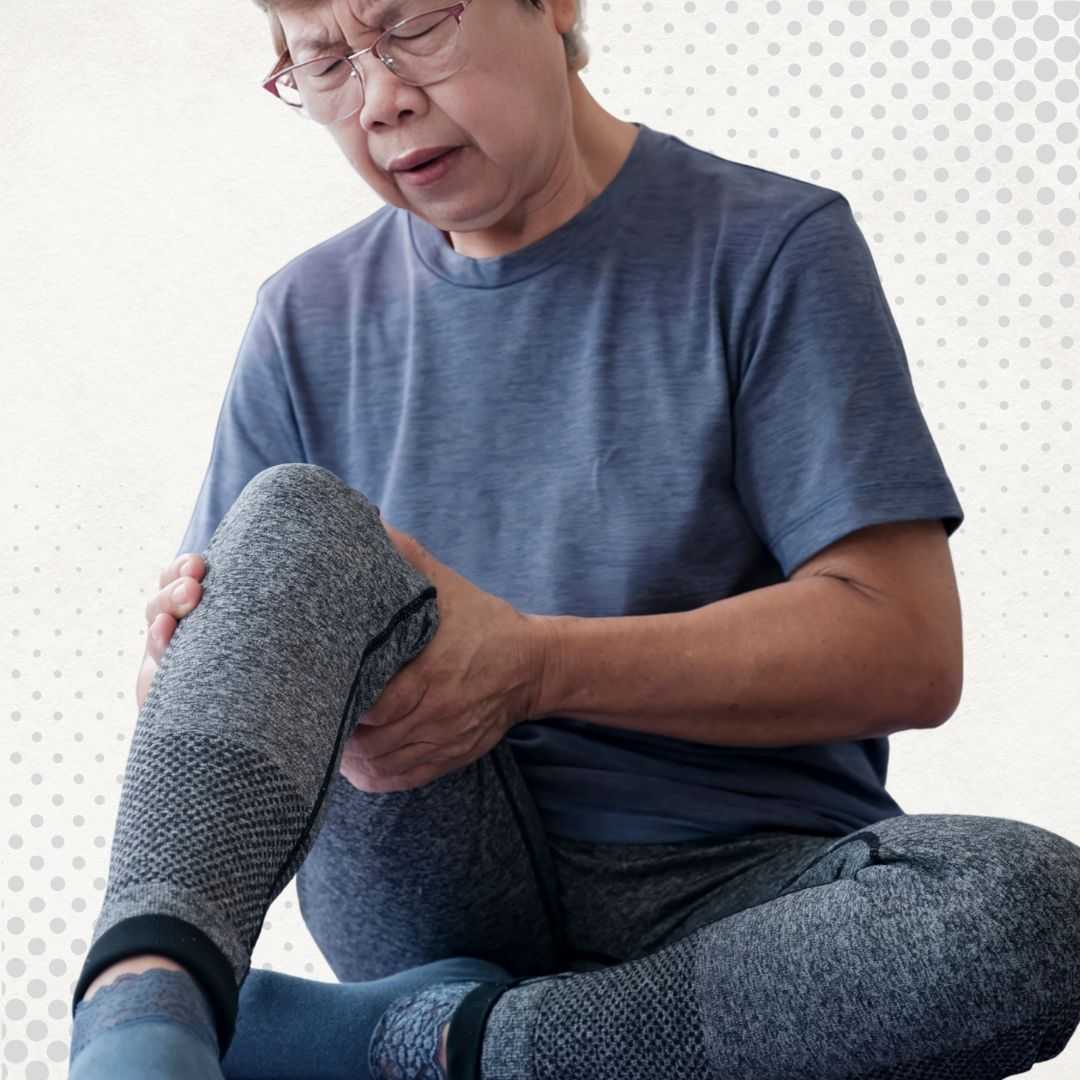


.jpg)


.png)
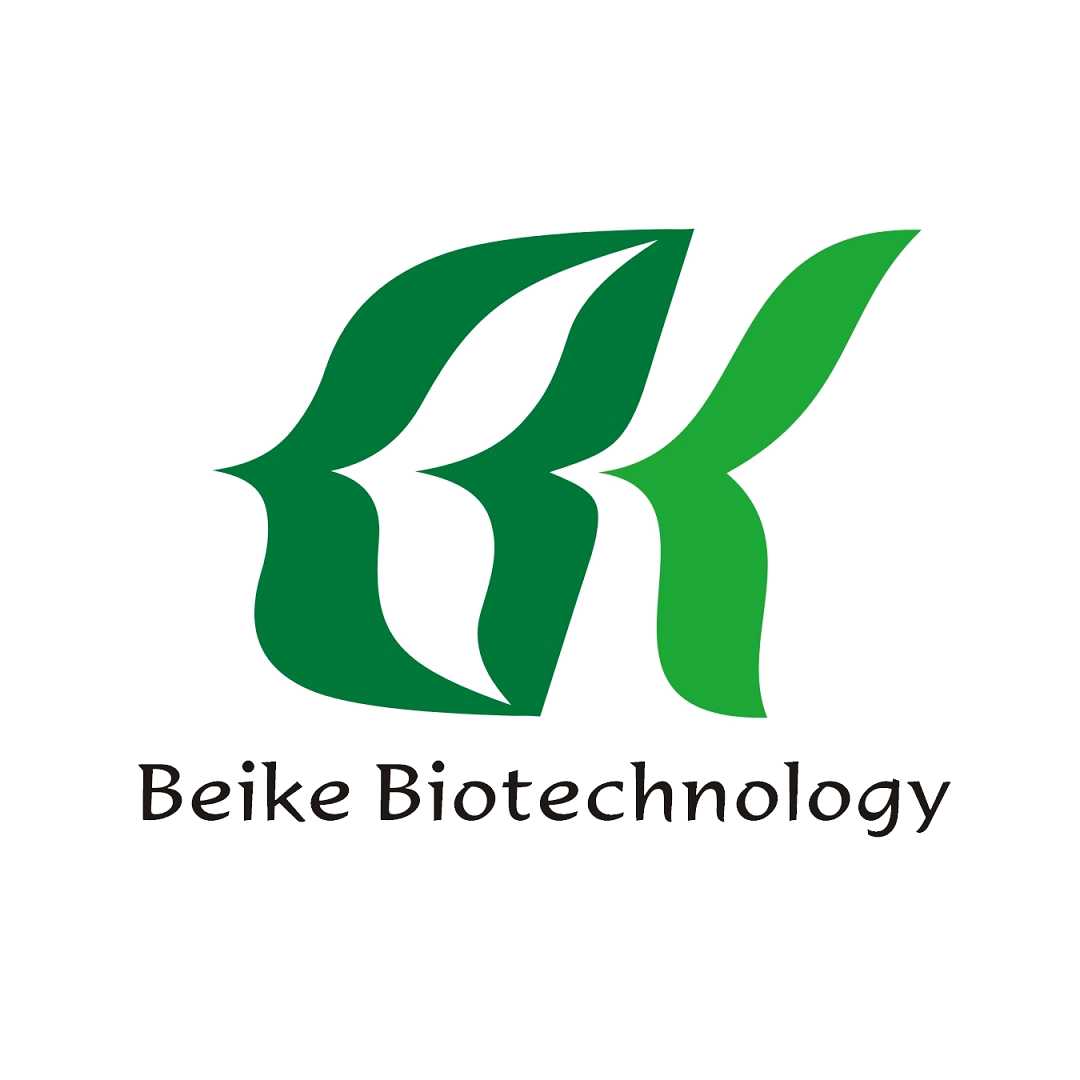

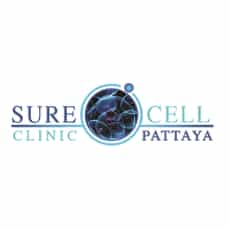

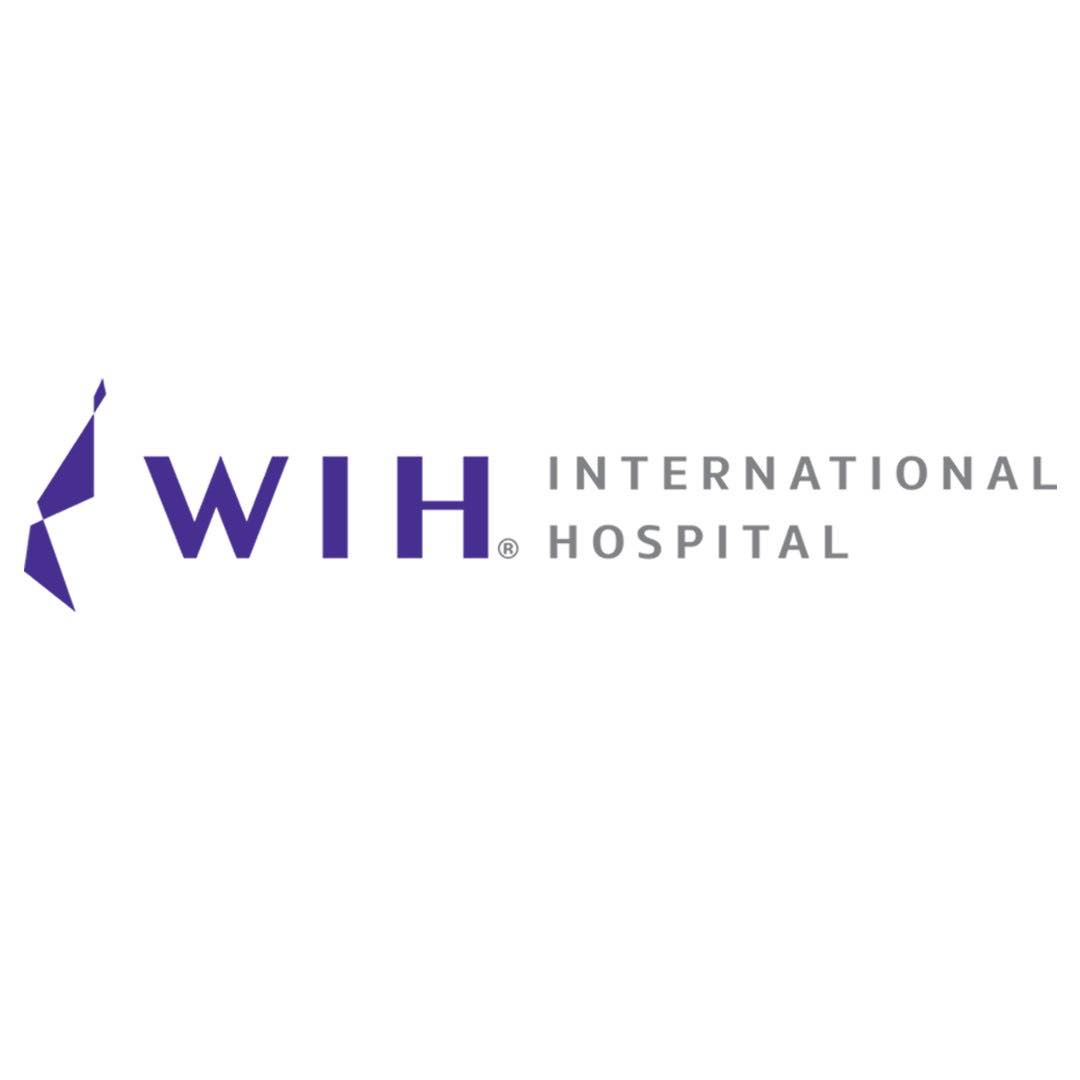

Share this listing